Share
Explore
How AI Forecasting in Farm Inventory Software Reduces Waste and Boosts Profits


Inventory management in agriculture is not just about keeping track of supplies. It’s about ensuring the right resources are available at the right time, in the right quantity. This helps minimize waste, reduce costs, and improve profitability. AI forecasting enhances this by predicting inventory needs using patterns in data. It helps farmers make smarter decisions, avoid overstocking or shortages, and keep operations running smoothly.
What Is AI Forecasting in Farm Inventory?
AI forecasting in uses algorithms to analyze past usage, seasonal cycles, weather patterns, and other variables. It predicts what supplies a farm will need in the near future. This is different from traditional inventory management, which relies heavily on manual tracking or fixed estimates.
With AI, predictions are dynamic. If something changes like sudden rainfall or delayed shipments—the system updates its recommendations accordingly. This gives farmers greater control over what they purchase, how much they store, and when they reorder.
How AI Forecasting Reduces Waste
1. Smarter Purchasing
AI forecasting helps avoid unnecessary stockpiling of seeds, fertilizers, feed, and chemicals. By aligning orders with real-time demand, inputs are used more efficiently. This cuts down on spoilage and leftover stock that might expire or degrade.
2. Preventing Overstocking
Many farms over-purchase to be safe. But overstocking often leads to materials sitting unused for too long. AI identifies the exact quantity needed based on usage trends and upcoming farm activity. This reduces surplus and storage-related losses.
3. Real-Time Adjustments
AI continuously monitors current inventory and adjusts forecasts as conditions evolve. If a shipment is delayed or demand drops, the software recalculates and notifies users. This prevents excess and lets farms scale back in time.
Boosting Profitability Through Better Forecasting
1. Efficient Use of Resources
With optimized stock levels, fewer resources are wasted. Fertilizers and feed are applied precisely when needed. This means less money spent on extras and better outcomes per unit used.
2. Lower Holding Costs
Unnecessary inventory takes up space, requires maintenance, and risks spoilage. Forecasting ensures you don’t tie up capital in stock that isn’t immediately needed. Lower holding costs free up cash flow for other investments.
3. Fewer Emergency Purchases
When inventory runs out unexpectedly, farmers often rush to make expensive last-minute orders. AI reduces these surprises by warning in advance. You can plan orders at the best price and avoid costly urgent deliveries.
4. Improved Operational Planning
Accurate inventory predictions help align labor, equipment, and supply chain schedules. When you know what’s coming in and going out, you can assign tasks more efficiently and avoid downtime.
Use Case: Livestock Feed Planning
Feed is a major recurring expense in livestock operations. If you over-order, it spoils. If you under-order, animals don’t get enough nutrition.
AI-driven feed inventory systems:
This improves animal health and reduces feed-related waste. Over time, this results in better growth rates and higher margins.
How Folio3 AgTech Helps with AI Forecasting
The Inventory Management module by is designed to support farms with intelligent planning tools. Here’s how it helps:
Whether you run a vineyard, orchard, or cattle farm, Folio3’s solution can be tailored to your inventory type and size.
Why Forecasting Matters for Modern Farms
Forecasting is no longer just a “nice-to-have.” It's essential for farms that want to stay competitive and profitable. Here’s why:
As agricultural operations grow more complex, forecasting becomes key to staying ahead of rising costs and tighter margins.
Avoiding Common Pitfalls
When implementing AI in inventory systems, some farms face these challenges:
These can be avoided by working with providers who offer customization, training, and clear data input protocols.
Conclusion
AI forecasting in farm inventory software is helping farms of all sizes reduce waste and boost profits. It replaces guesswork with insight, improves resource allocation, and cuts unnecessary spending. When combined with the right tools, like those from Folio3, it can turn inventory into a strategic advantage rather than a cost center.
Want to print your doc?
This is not the way.
This is not the way.

Try clicking the ⋯ next to your doc name or using a keyboard shortcut (
CtrlP
) instead.